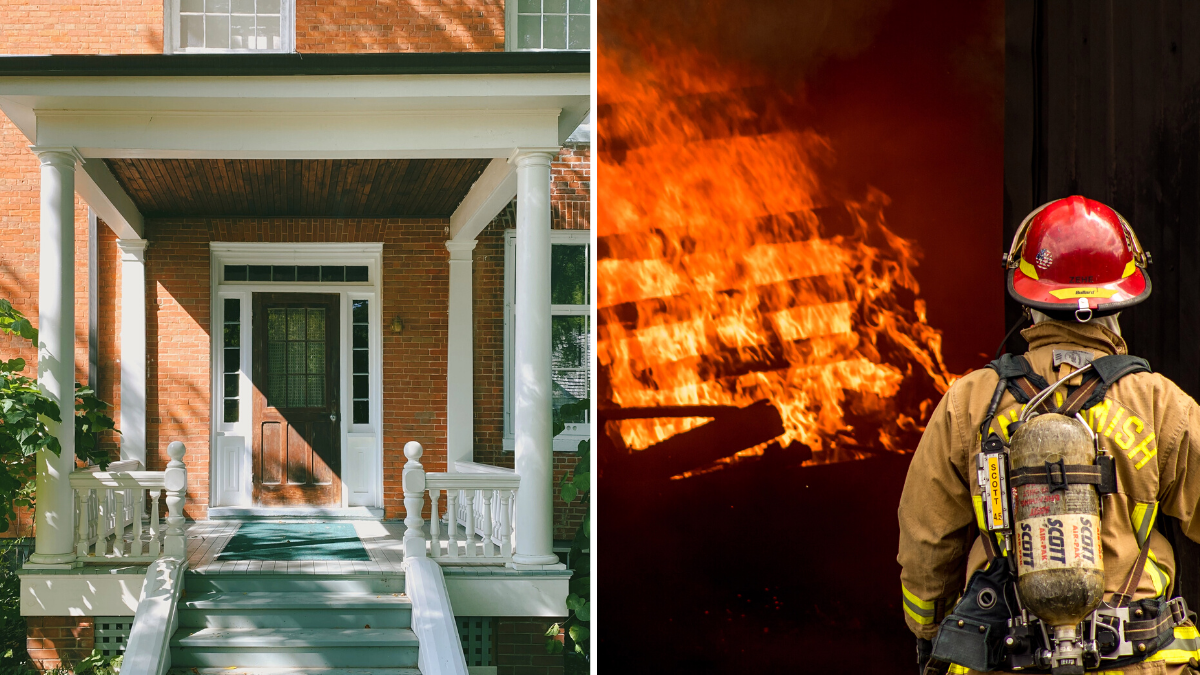

These conditions are quite common around and within most communities. The federal government's focus on fire suppression has resulted in denser forests with more continuous fuel to burn in an intense fire. These fires were typically more benign, burning more often but at lower intensities. For thousands of years prior to Euro-American settlement, Native American tribes and lightning fires burned 5 million acres in California every year, with many areas burning every 10 years or so. This increase in evaporative demand more readily dries out fuels that can easily ignite.Įxacerbating the effects of climate change on fire is the legacy of past fire and forest management. Under warmer conditions, the atmosphere also draws more water from the ground. The fire season in the Sierra Nevada, for example, has doubled in length and is now more than 10 weeks longer than it was three decades ago. Warmer temperatures are extending the fire season, meaning that fires are burning earlier in the spring and later into the fall. This seemingly modest difference has profound impacts on our state. The marked increase in greenhouse gases over the past century has increased the average temperature in California by 2 to 3 degrees Fahrenheit. The 2018 fire season is the culmination of three main factors: climate change, past fire and forest management practices, and development in the wildland urban interface. We can surely agree that more needs to be done to limit the impacts of these events. The tragic fires of 2018 are part of a broader pattern occurring across the West that shows no sign of abating in the near future unless we make substantial changes. In fact, 15 of the 20 largest fires in California state history have occurred since 2000. If a fire season like this didn't occur last year, it would have been this year or next year or the year after that. Most scientists, managers, and firefighters would tell you that last year's fire season was not a surprise. If you would like to obtain information about a CAL FIRE fire burning in your area that is not included on this web site, please contact the CAL FIRE Unit that services your county.The 2018 wildfire season in California was the deadliest and most destructive on record, burning almost 1.9 million acres-an area 2.5 times the size of Rhode Island and more area than had ever burned in California within the past 50 years.

However, the majority of those fires are contained quickly and no information will be provided on these incidents at this site. If you live in a wildland area always have an evacuation plan in place.įires occur throughout the State within CAL FIRE jurisdiction on a daily basis during fire season. Please refer to the fire information phone numbers provided on this site, and website links for additional information, and monitor your local radio stations for emergency broadcasts.

The sites are not meant to provide up to the minute evacuation or fire behavior information.

Please use the information on these pages only as a reference. As battling a fire, or handling any other disaster is the priority, updates to these sites cannot be guaranteed on a set time schedule. All of our information comes from the firelines and must be approved by the Incident Commander in charge of managing the incident prior to release. This site provides general information concerning an incident. We make every effort to provide accurate and complete information, however the data is subject to review and change. Information presented on the departments website is a representation of the existing wildfire situation, based on the information readily available to CAL FIRE.


 0 kommentar(er)
0 kommentar(er)
